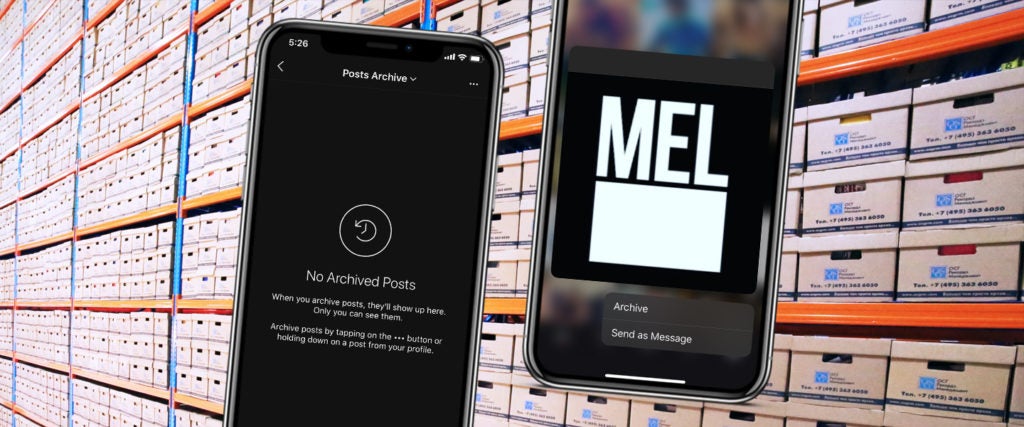I’m 19, an obnoxious college sophomore, day-drunk at Lollapalooza. You can tell I’m far from sober by the crop of the photo: at the bend of my knuckles, just above the Ice Mountain water bottle full of vodka swinging from my fingers. Oh, God, and my outfit: It’s my older brother’s white T-shirt with former Bears quarterback and future Trump supporter Jay Cutler‘s face on the front, and a polyester baseball jersey featuring my fraternity’s big white letters. A full beard and cutoff jeans complete the look. Even though I’d been out for a year, I seem as oppressively straight as can be.
Everyone has an Instagram photo (or several) they regret. That’s mine. What’s yours?
The photo — no, I’m not showing you — is from a dark period in my life. I was battling depression and isolation. But I grew up with Instagram, and I had to prove to my high school friends I wasn’t a sad sack. I’d been posting since junior year of high school; if I went cold turkey, it’d be even more of a sign I was depressed.
I think about these seemingly innocuous moments often: how I feigned delight, how I experimented with buzzcuts and nature photography, how I documented my first-ever Chipotle quesarito. They don’t represent who I am today: still obnoxious and insufferable, but the outwardly gay version.
Recently, a friend introduced me to a way I could be freed of these embarrassing images without needing to fully delete them and scrub away my past entirely. It’s called Instagram Archive — but I like to think of it as digitally burning sage to clear toxic energy and ill-advised haircuts. Instagram Archive is accessible in the settings menu at the top right of your user profile. It allows you to remove posts from the grid without deleting them, like a digital storage space for ex-boyfriends and bloodshot eyes. If the relationship swings back around, or if you get the job you were worried about, you can always bring the photos back.
Instagram Archive launched in 2013, but anecdotal evidence tells me many people remain unaware of the feature. “I mentioned it in passing once, and a friend of mine who was approaching 30 was like, Wait, what?” says Vox reporter Terry Nguyen, who often archives old photos with bad eyebrows and exes. “Archiving is a much simpler way than deleting, which feels so final,” she says. “There was a time where I got into food posts. What the fuck was I doing?”
Two years out of college, I no longer identify as a reluctant frat boy who loved wearing jerseys over sweatshirts, sipping Burnett’s raspberry vodka from red Solo cups and showing off my dirty “bar shoes” that were meant to get spilled on (didn’t everyone own a pair?). I understand myself better, and I’m grateful for a way to rectify my transgressions. Posting during a manic episode is normal. Trying a few front-facing comedy videos is forgivable. That version of you made you who you are today. Besides, “it’s still there for you to view in private and look back at yourself,” says Jacob Mansberry, a 24-year-old avid archiver.
But… don’t go archiving every old pic from college. Worse than having too many overly filtered croissant pics from your 2014 Paris trip is having a grid with only six selfies, all from this year. A too-curated grid only leads to more questions: What are you trying to hide?
Keeping a few photos shows you’ve grown over the years — and that you didn’t try to Don Draper your old life. “It’s fun to stalk people’s 2014 Instagrams,” Nguyen says. “I just don’t want that happening to me.”
In an era where we have so little control over our image and our data trail, Instagram Archive is a chance to say: Hell no, bitch. The only person who gets to see that pic of me is me.
And Mark Zuckerberg.

